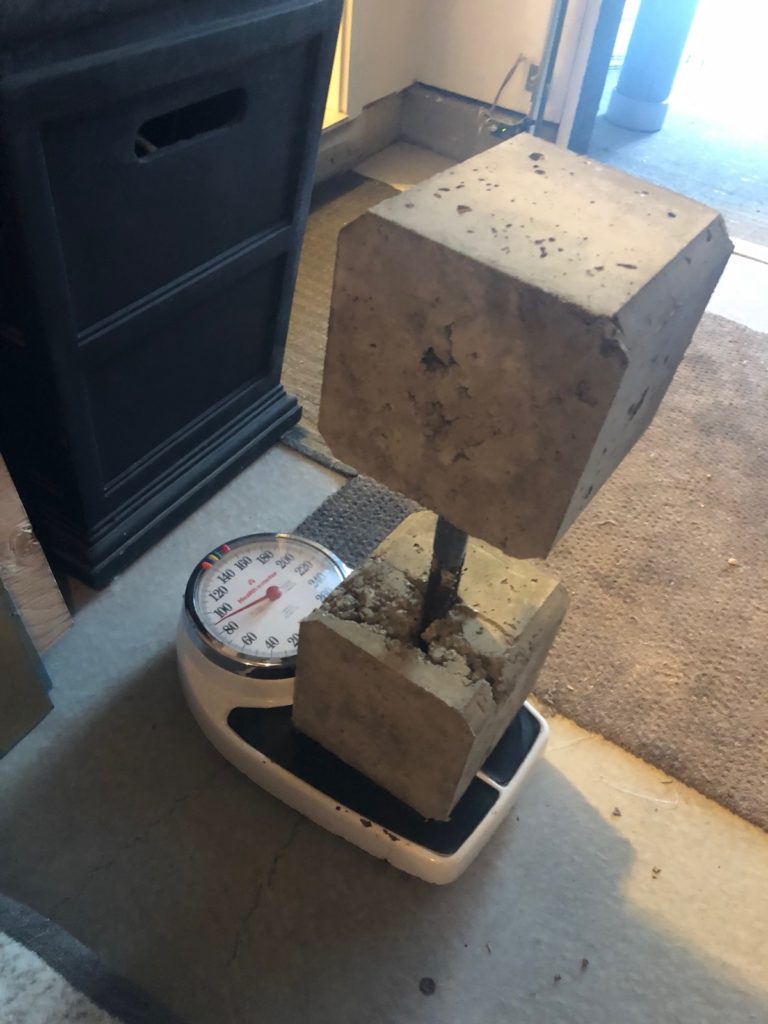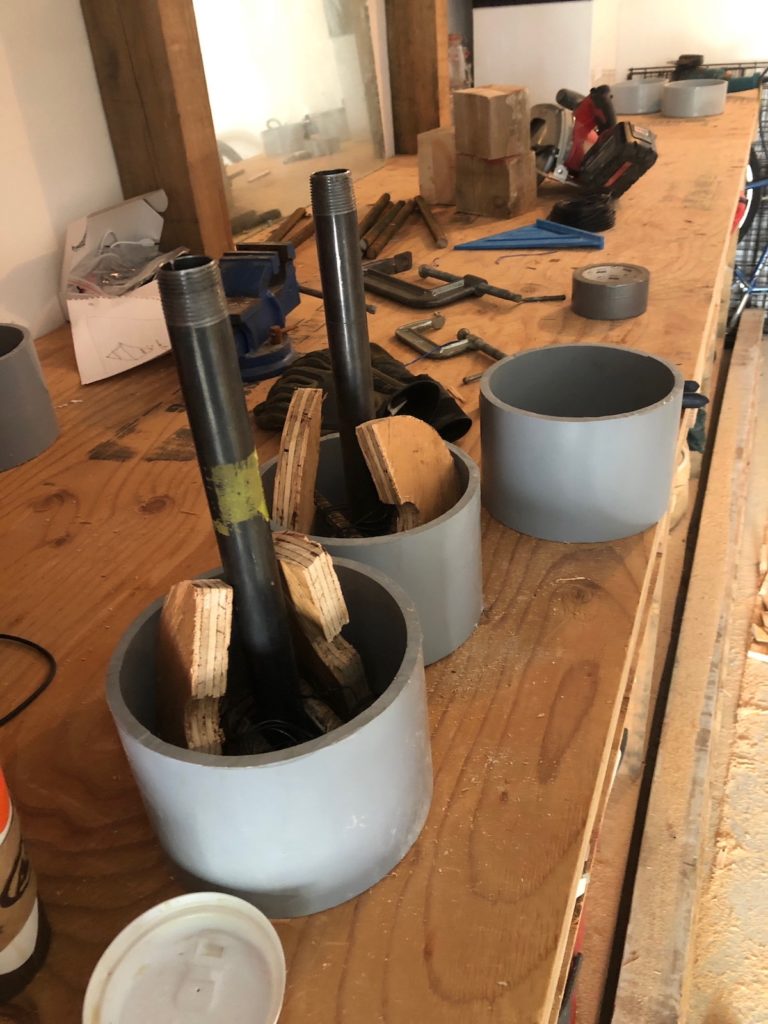For most of us, borrowing a pair of 35 lb. dumbbells, or a 40 lb. kettlebell, from our gym was enough to get us through the lockdown at home.
But those who’s gym didn’t rent out equipment—and who are used to pressing 100 lb. dumbbells overhead on the regular—found themselves in a pickle.
This was the case for 37-year-old Cameron Edward Garrison, who lives in South Surrey, British Columbia. When his Globo gym closed in March, he looked into buying some heavy dumbbells, but they were mostly sold out. And when they were available, the seller had raised the price to a “ridiculous” amount, he said.

“It was frustrating to even find big weights to buy, and then finding out the cost was even more disappointing,” Edward Garrison explained.
Considering the uncertainty of the pandemic’s length, it was hard to know if it was worth the investment. When he did the math, he realized it would cost him a couple thousand dollars to buy the denominations of dumbbells he wanted.
“COVID is temporary, so it’s hard to swallow purchasing a lot of money’s worth of equipment knowing you’re eventually going to be going back to the gym,” he said.
So Edward Garrison, who has almost 20 years of construction experience, decided to take matters into his own hands.
He built his own 40, 60, 80, 100 and 120 lb. dumbbells with concrete for a fraction of the cost of purchasing them.
Warning: Don’t try this at home. (His dumbbells haven’t been tested for safety or rated in any way).

“I came up with the idea at work. I work with concrete and it was easy to piece together a plan for making dumbbells…So I just put thoughts to action and enjoyed the creative process,” he said.
Edward Garrison admits: “They are made of concrete and won’t hold up if they are thrown around too much like the typical dumbbells you can purchase at the equipment store,” he said.
His first attempt involved using PVC pipe and steel.
“I was trying to replicate the round dumbbells you typically find at the gym,” he said.
But this didn’t go so well.
“I couldn’t keep things centered, and leveling the handle when pouring (concrete) was challenging. So I abandoned that tactic and decided to make cubed dumbbell ends out of form plywood,” he said.
This was a success.
“The trial and error was frustrating, but also fun in developing a finished product,” he said.
One thing led to another, and soon he found himself making slosh pipes, which he would place on his back as he walked up a set of 400 stairs.
Climbing stairs “with a slosh pipe on your shoulders destroys your core,” he said.
Shortly after, word got out about what Edward Garrison was doing. So he made dumbbells and a couple more slosh pipes for friends. This soon turned into making dumbbells for work colleagues and gym buddies.
Initially he gave them to his buddies for free, but knowing there were so many other gym goers wanting to train at home without equipment, he decided to sell his dumbbells online.
“I found the market was gauging everyone close to two dollars a pound, which is ridiculous. So I sold mine for about twenty five cents. I thought that was fair,” he said.
The market thought so, too. He turned to Facebook marketplace and had no problem selling his concrete dumbbells.
Today, Garrison is back at his gym lifting round dumbbells, but the demand for his homemade dumbbells is still there.
“They are still selling so I’ll keep making them,” he said.
“I have abandoned the form because I was able to use the money to purchase a table saw and some other tools. So the next rendition will be even better,” he added.